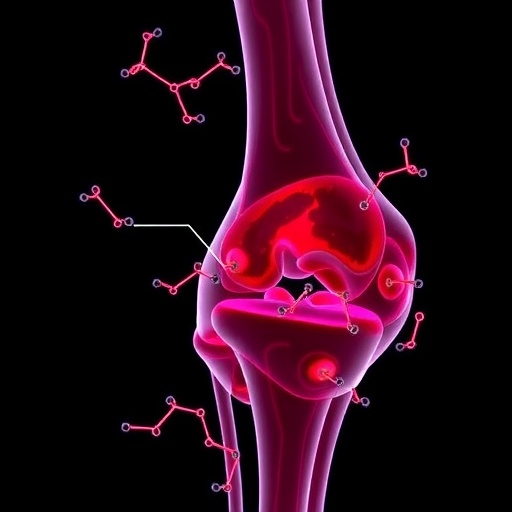
Credit: UC Riverside
Achieving marital quality could seem daunting, even impossible to any couple, let alone a couple in which one of the partners is dealing with a serious illness. But a new study by Megan Robbins, psychology professor at the University of California, Riverside, may hold the answer.
Achieving marital quality could be as simple as using the right words, and finding balance, the study asserts. The results of the research paper show that the use of pronouns such as "I," "me," and "my," spoken by the spouse, and "you," and "your," by the patient, reflect positive marriage quality.
Published in the journal Personal Relationships, "Everyday Emotion Word and Personal Pronoun Use Reflects Dyadic Adjustment Among Couples Coping with Breast Cancer," Robbins and graduate students Alex Karan and Robert Wright analyzed 52 couples coping with breast cancer. The couples went home with an "Electronically Activated Recorder", or "EAR," that recorded 50 seconds of sound every nine minutes. Except for sleeping hours, they wore the EAR for a weekend (Friday-Sunday). Researchers analyzed conversations that did not concentrate on cancer – otherwise called "normal conversations," which made up 95 percent of couples' daily conversations.
The authors focused on participants' use of first-person singular (e.g., "I," "me"), and second-person (e.g., "you," "your") pronouns. Their analysis also focused on each participant's positive emotion words (e.g. care, love), anxiety words (e.g. worry, stress), anger words (e.g. hate, resent), sadness words (e.g. cry, woe), and a category of negative emotion words that did not contain the words above.
"It may seem like an insignificant thing, but our research shows words can reflect important differences among romantic relationships," Robbins said. "Spouses' use of first-person singular pronouns, and patients' use of second-person pronouns, was positively related to better marital quality for both partners as the focus wasn't always on the patient. So, it reflects balance and interdependency between partners.
"Personal pronoun use can tell us who the individual is focusing on, and how he or she construes themselves within the relationship," Robbins said. "It seems like a small word, but it says a lot about the relationship during a trying time. We found that focus on the spouse, rather than on the patient, lent to better marital quality for both partners. It was an indicator for us that the couple thought of themselves as a team, or a unit–not exclusively focusing on the patient."
The researchers also found that not only were positive emotion words positively associated with marital quality, but negative pronoun use was associated with a negative marital quality.
###
Media Contact
Mojgan Sherkat
[email protected]
951-827-5893
@UCRiverside
http://www.ucr.edu
############
Story Source: Materials provided by Scienmag





